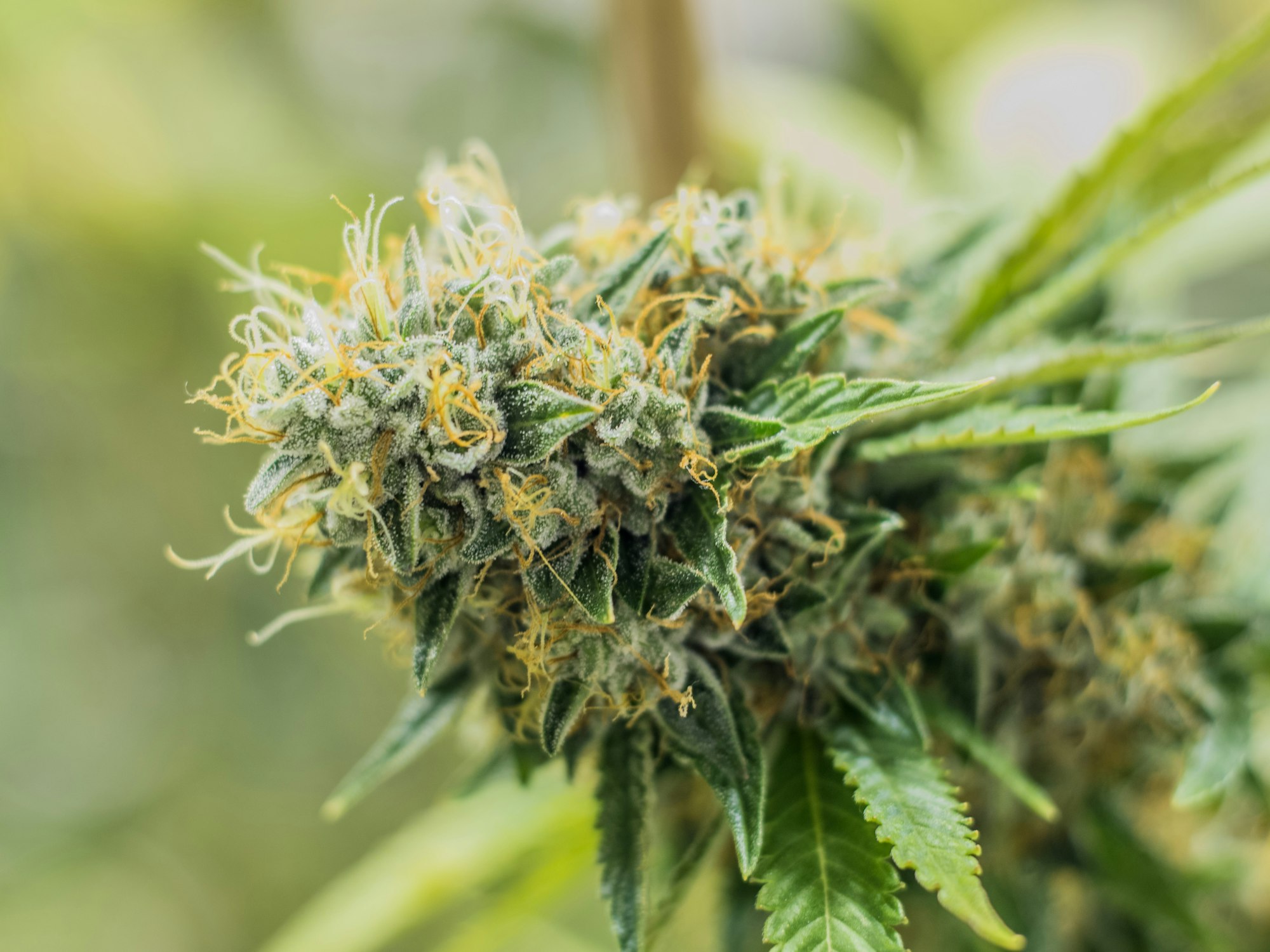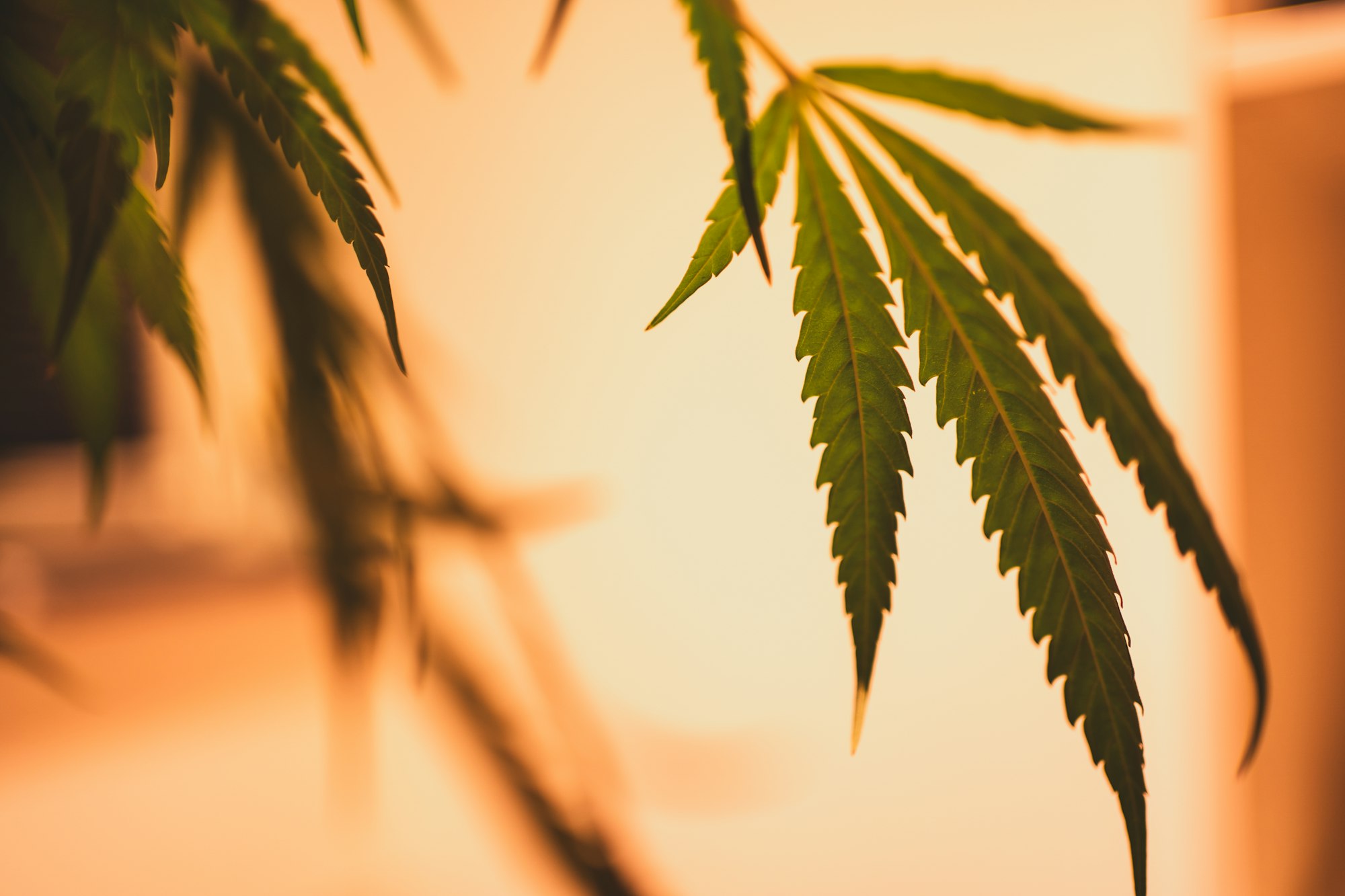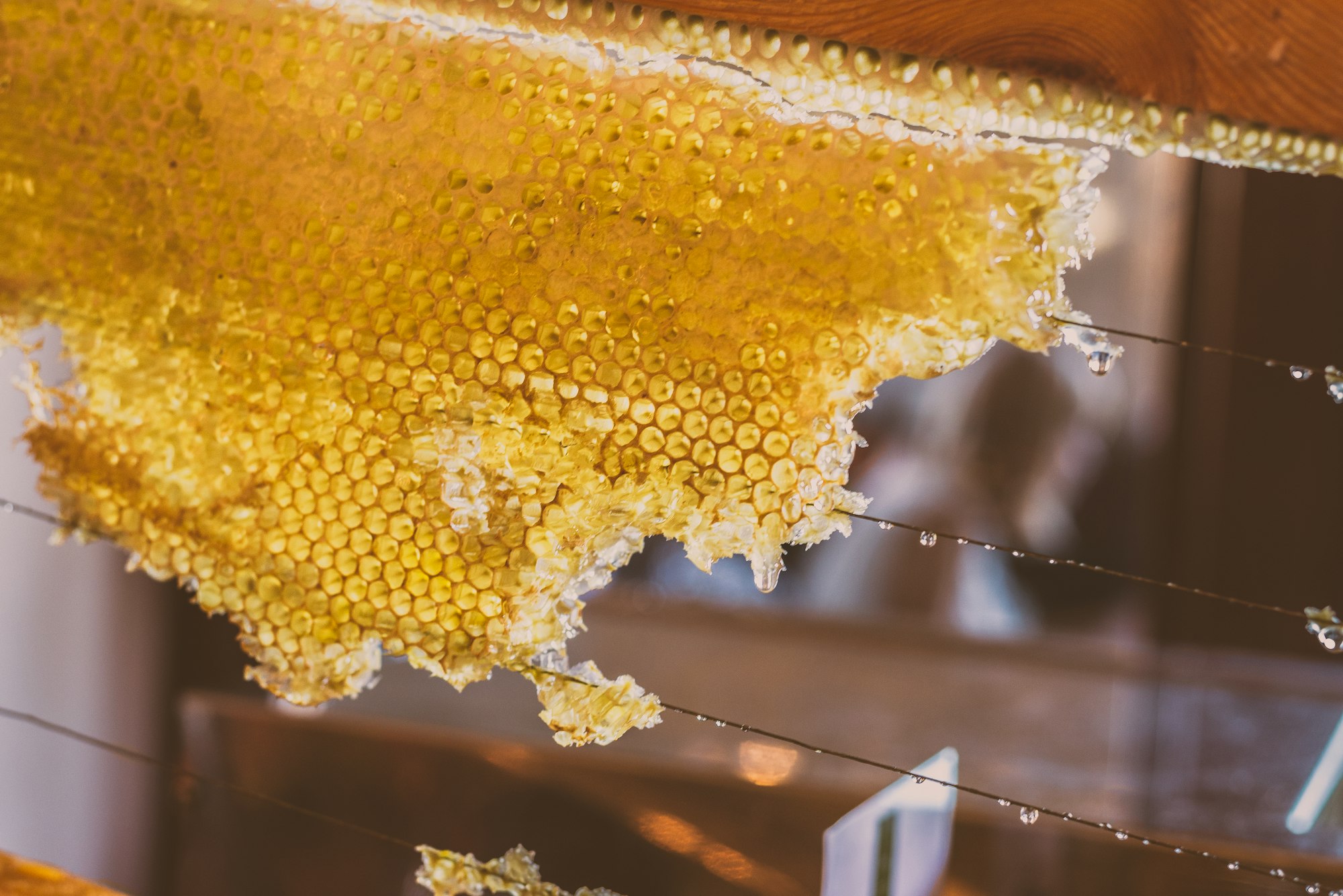Bees like Hemp - Can Hemp Pollen help Honey Bees?
We rely heavily on bees to pollinate our plants to keep them growing. Hemp could help aid the bee population as the plants grown for seed and fiber also seem to be a great source of pollen. A study found that the hemp plant produces pollen that is loved by bees.

One great benefit of hemp plants is that they attract bees, especially late in the season, to gather food for larvae. That's because most hemp plants bloom between July and September, a time when pollen production from other agricultural crops is scarce. The hemp plant, on the other hand, produces large amounts of pollen at exactly this time. So, when the time is right, it provides a plentiful source of nutrition for a diverse bee community. The plant could therefore play an important role in keeping the bee population fed at a time of flower scarcity.

Research also suggests that hemp could play an important role in halting the decline in bee populations. In one study, researchers collected bees for five days during the main flowering period to precisely determine which are attracted to hemp. They found that hemp flowers appear to be particularly attractive to bees. These results are somewhat confusing, as hemp lacks the characteristic bright colors and enticing aromas that attract insects and other pollinators. Because hemp plants are wind-pollinated, they don't produce nectar, however, they do produce large amounts of pollen that is attractive to bees — especially the pollen from male hemp plants.
In addition, it was also found that the height of the plants is strongly related to the number of bees visiting them. Hemp plants with a height of at least two meters could attract up to 17 times more bee visits compared to shorter plants. The larger the plants, the greater not only the number but also the variety of bees that visited them. The study also observed that up to 20 different species of bees were attracted to hemp flowers, 38% of which were honey bees. This further shows how important growing hemp could be to support bee diversity.

The rapid decline in bees around the world is forcing researchers and beekeepers to look for solutions. Bees are becoming increasingly rare due to habitat loss, disturbance of pollen sources, insecticides, and declining plant diversity. Some species are already on the endangered list. Undoubtedly, more pollinating plants like hemp are needed on the farmland. Already one of the most sustainable crops, hemp has been shown to improve soil health through a process called phytoremediation. Extremely pest resistant and drought tolerant, it is a fast grower and has thousands of different uses.

What's best is that hemp can be grown without the use of pesticides, herbicides, and artificial fertilizers, making it safe for bee health and an invaluable source of nutritious pollen. A variety of bee species, including honey bees and bumblebees, are therefore attracted to the flowers. They use the pollen as a source of protein, fat and minerals for their larvae. What is interesting is that unlike humans, bees do not have an endocannabinoid system. This means they don't have the receptors needed to be affected by CBD, THC, and the other phytocannabinoids in hemp.

Cultivation of the hemp plant is steadily increasing, making it imperative for farmers to consider their role in supporting the bee population and developing plans to ensure its safety. The introduction of more pollinating plants into cropland largely devoted to pollen-producing monocultures could is critical to the survival of both the bees and the habitats in which they live.


